Home>Gardening & Outdoor>Landscaping Ideas>When To Plant Teff Grass
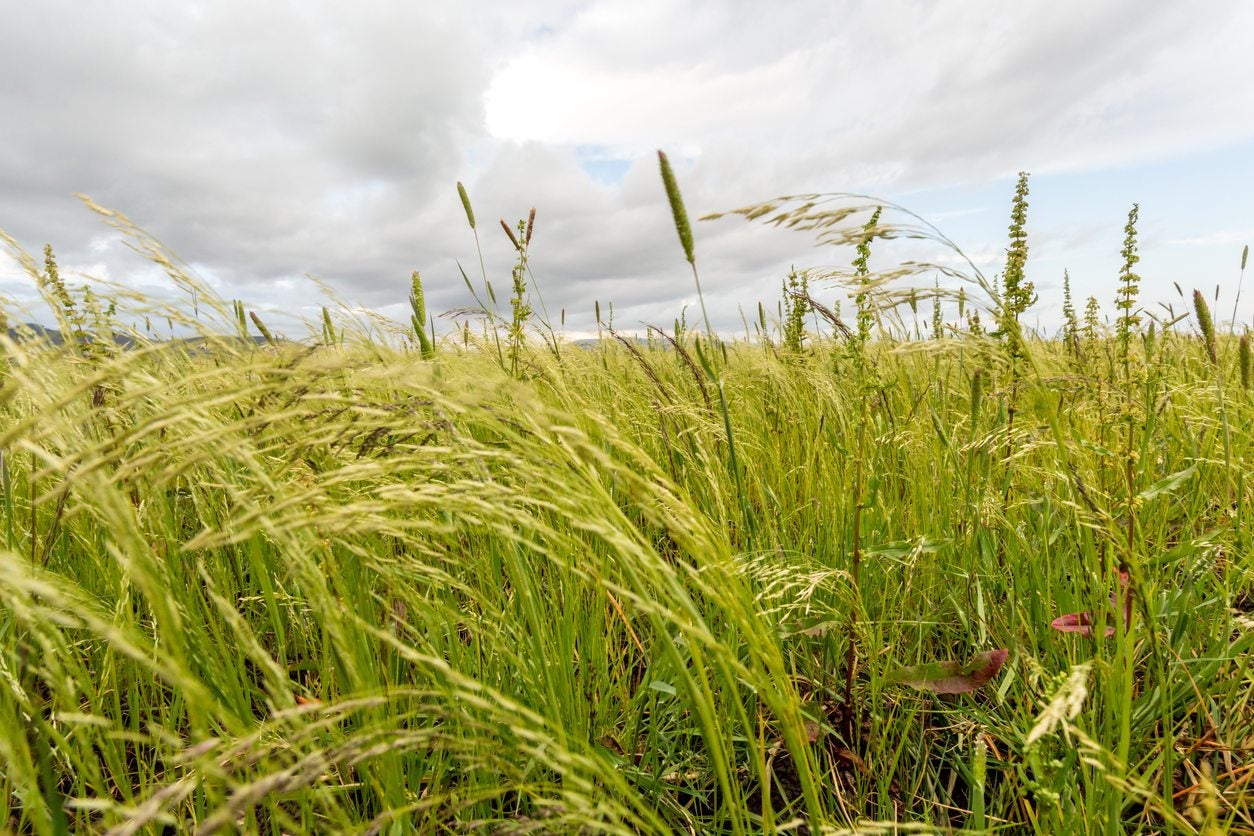

Landscaping Ideas
When To Plant Teff Grass
Published: January 29, 2024
Discover the best timing for planting teff grass to enhance your landscaping ideas. Learn when and how to plant teff grass for a vibrant outdoor space.
(Many of the links in this article redirect to a specific reviewed product. Your purchase of these products through affiliate links helps to generate commission for Storables.com, at no extra cost. Learn more)
Introduction
Are you considering adding a unique and versatile grass to your landscape? Teff grass, a staple in the Ethiopian diet for centuries, has gained popularity as a forage crop and a warm-season annual grass in many parts of the world. Its adaptability, rapid growth, and exceptional nutritional value make it an attractive option for both agricultural and landscaping purposes.
In this comprehensive guide, we will explore the intricacies of teff grass cultivation, focusing on the best time to plant this remarkable grass. Understanding the optimal conditions for planting teff grass is crucial for ensuring a successful and bountiful harvest. From climate and soil requirements to planting techniques and maintenance, we will delve into every aspect of cultivating teff grass, providing you with the knowledge and confidence to embark on this rewarding horticultural journey.
Join us as we uncover the secrets of teff grass and learn when and how to plant it for optimal growth and yield. Whether you are a seasoned farmer, a landscaping enthusiast, or someone simply intrigued by the allure of teff grass, this guide is your gateway to harnessing the potential of this extraordinary plant.
Key Takeaways:
- Teff grass is a resilient and nutritious plant that thrives in warm climates, making it a valuable addition to landscapes for forage, erosion control, and ornamental purposes.
- To ensure successful teff grass cultivation, it’s crucial to plant it during late spring or early summer, provide proper care, and harvest at the right time for optimal yield and quality.
Read more: When To Cut Teff Grass
Understanding Teff Grass
Teff grass, scientifically known as Eragrostis tef, is an annual grass native to the Horn of Africa, where it has been cultivated for millennia. This remarkable grass is renowned for its resilience, adaptability, and exceptional nutritional profile, making it a valuable asset in both agricultural and landscaping contexts.
One of the most striking features of teff grass is its diminutive size, with plants typically reaching a height of about 1 to 3 feet. Despite its modest stature, teff grass boasts an extensive root system, allowing it to withstand drought conditions and thrive in diverse soil types. The grass produces an abundance of tiny seeds, which are not only nutritious but also gluten-free, catering to the dietary needs of an increasingly health-conscious population.
From a nutritional perspective, teff grass is a powerhouse, containing high levels of protein, fiber, and essential minerals such as calcium and iron. These attributes have contributed to its popularity as a forage crop for livestock and an ingredient in gluten-free human diets. In addition to its nutritional benefits, teff grass serves as a valuable ground cover, erosion controller, and green manure, enriching the soil and enhancing the overall ecological balance of the landscape.
As a warm-season grass, teff thrives in temperatures ranging from 75 to 95 degrees Fahrenheit, making it well-suited for regions with hot summers. Its rapid growth and ability to produce substantial biomass within a relatively short period make it an attractive option for both commercial and residential landscaping projects.
By understanding the unique characteristics and versatile nature of teff grass, we can appreciate its significance in various agricultural and landscaping applications. Whether used for forage, erosion control, or ornamental purposes, teff grass stands as a testament to the resilience and adaptability of nature’s botanical treasures.
Climate and Soil Requirements
Teff grass thrives in warm, sunny climates and is particularly well-suited to regions with hot summers. It flourishes in temperatures ranging from 75 to 95 degrees Fahrenheit, making it an ideal choice for areas with extended periods of warmth and sunlight. While teff grass exhibits remarkable resilience to heat, it is sensitive to frost and cold temperatures, necessitating planting during the appropriate season to ensure optimal growth and development.
When it comes to soil, teff grass displays a degree of adaptability, thriving in a range of soil types. It performs best in well-drained soils with a pH level between 6.0 and 7.0, although it can tolerate slightly acidic to slightly alkaline conditions. While teff grass is known for its ability to withstand drought, it fares best in soils with good moisture retention, ensuring consistent growth and vitality throughout the growing season.
For successful cultivation, it is essential to assess the soil’s nutrient content and make any necessary amendments to optimize conditions for teff grass. A soil test can provide valuable insights into the levels of essential nutrients such as nitrogen, phosphorus, and potassium, allowing for targeted fertilization and soil enrichment. By ensuring that the soil provides a balanced and supportive environment, we can enhance the vigor and productivity of teff grass, resulting in a lush and thriving landscape feature.
Understanding the specific climate and soil requirements of teff grass is pivotal in creating an environment conducive to its growth and development. By aligning our planting and maintenance practices with the needs of this exceptional grass, we can harness its full potential and enjoy the myriad benefits it offers to the agricultural and landscaping realms.
Best Time to Plant Teff Grass
Choosing the optimal time to plant teff grass is a critical factor in ensuring its successful establishment and robust growth. The timing of planting should align with the climatic conditions and growing season characteristic of the intended region, maximizing the grass’s potential for prolific development and abundant yield.
For regions with warm-season climates, the best time to plant teff grass is during the late spring or early summer, when the soil has warmed to a consistent temperature of around 65 degrees Fahrenheit or higher. This period allows for rapid germination and vigorous early growth, setting the stage for a productive growing season. By initiating planting during this window of favorable warmth, teff grass can capitalize on the ample sunlight and heat, fostering robust root development and lush foliage.
It is essential to consider the frost sensitivity of teff grass when determining the planting time. Frost can impede the germination process and compromise the young plants, potentially stunting their growth or causing irreparable damage. Therefore, planting teff grass after the risk of frost has passed is crucial for safeguarding its vitality and ensuring a successful establishment.
While the specific timing may vary based on local climate patterns and temperature trends, a general guideline for planting teff grass is to aim for a period when the soil has warmed, and the risk of frost has diminished. This strategic approach sets the stage for optimal growth and development, allowing teff grass to thrive and fulfill its potential as a valuable component of the landscape.
By carefully considering the best time to plant teff grass and aligning it with the climatic and seasonal dynamics of the region, we can set the stage for a flourishing and productive cultivation experience. This thoughtful approach not only enhances the grass’s prospects for success but also contributes to the creation of vibrant and resilient landscapes that harness the unique attributes of teff grass.
Teff grass should be planted in the spring when soil temperatures reach 65-70°F. This usually occurs when the last frost has passed and the soil has warmed up.
Planting Teff Grass
Planting teff grass encompasses several key considerations, from seed selection and soil preparation to sowing techniques and post-planting care. By adhering to best practices and leveraging insights into the grass’s growth patterns, we can optimize the planting process, setting the stage for robust and prolific teff grass cultivation.
When selecting teff grass seeds, it is advisable to procure high-quality, certified seeds from reputable suppliers. This ensures genetic purity and viability, laying the foundation for strong and healthy plant establishment. Prior to sowing, the soil should be adequately prepared, free of debris and clumps, and ideally enriched with organic matter to promote favorable growing conditions.
The sowing process typically involves broadcasting the teff grass seeds evenly across the prepared soil surface, followed by light raking or rolling to ensure good seed-to-soil contact. The optimal seeding rate may vary based on factors such as intended land use and local environmental conditions, and it is essential to consult seed packaging or relevant agricultural resources for specific guidance.
After sowing, gentle irrigation is crucial to initiate seed germination and support early growth. The soil should be kept consistently moist but not waterlogged, facilitating the emergence of young teff grass plants. As the seedlings develop, it is important to monitor their progress and address any issues promptly, fostering a robust and uniform stand of teff grass across the planting area.
As the young teff grass plants continue to thrive, regular monitoring and maintenance practices, such as weed control and appropriate fertilization, contribute to their overall health and vigor. By providing a nurturing environment and attentive care, we can maximize the potential of teff grass, creating vibrant and resilient landscapes that showcase the beauty and utility of this exceptional grass.
By embracing best practices in planting teff grass and nurturing its growth from seed to maturity, we can unlock the full spectrum of benefits and opportunities that this remarkable grass offers. From forage production and erosion control to ornamental landscaping, teff grass stands as a testament to nature’s ingenuity and the potential for sustainable and bountiful cultivation.
Read more: When To Plant Switch Grass
Caring for Teff Grass
Once teff grass is established, diligent and attentive care is essential to foster its ongoing vitality and productivity. From irrigation and fertilization to pest management and overall maintenance, strategic and informed practices contribute to the sustained health and vigor of teff grass, ensuring its optimal performance within the landscape.
Water management plays a pivotal role in caring for teff grass, particularly during the critical stages of growth and development. While teff grass exhibits a degree of drought tolerance, consistent and adequate moisture is vital, especially during the initial establishment phase and throughout the active growing season. Balancing irrigation to prevent water stress without promoting waterlogging is crucial for sustaining the grass’s vigor and resilience.
Fertilization is another integral aspect of teff grass care, with targeted applications of essential nutrients supporting robust growth and abundant foliage. A soil test can provide valuable insights into the soil’s nutrient profile, guiding the judicious application of fertilizers to address any deficiencies and optimize the grass’s nutritional uptake. By tailoring fertilization practices to the specific needs of teff grass, we can promote lush and healthy vegetation, enriching the landscape with its verdant allure.
As with any cultivated plant, teff grass is susceptible to a range of pests and diseases that can compromise its health and productivity. Regular monitoring for signs of pest infestations and disease symptoms enables early intervention, minimizing potential damage and preserving the grass’s vitality. Integrated pest management strategies, including cultural and biological control methods, offer environmentally conscious approaches to safeguarding teff grass from detrimental threats.
Maintaining an optimal stand of teff grass involves judicious weed control to prevent competition for resources and uphold the grass’s dominance within the landscape. By implementing proactive weed management measures, such as mulching and targeted herbicide applications, we can uphold the integrity and aesthetic appeal of teff grass, fostering a thriving and resilient environment.
By embracing a comprehensive approach to caring for teff grass, we can nurture its enduring beauty and functional value within the landscape. Through attentive and informed practices, we uphold the legacy of this exceptional grass, harnessing its potential to enrich agricultural, ecological, and ornamental settings with its distinctive allure and myriad benefits.
Harvesting Teff Grass
The process of harvesting teff grass represents a culmination of the plant’s growth cycle, offering an opportunity to reap its abundant yield and harness its valuable biomass for various agricultural and commercial purposes. Whether cultivated for forage, hay production, or seed harvest, strategic timing and meticulous execution are essential for optimizing the quality and quantity of the harvested teff grass.
When harvesting teff grass for forage or hay, the timing of the harvest is critical to ensure optimal nutritional content and palatability. As teff grass approaches its peak vegetative stage, typically around 6 to 8 weeks after planting, it is primed for harvest, boasting a balance of nutrient-rich foliage and desirable digestibility for livestock consumption. The grass should be cut at this stage to capture its nutritive value and prevent over-maturation, which can diminish its palatability and nutritional benefits.
For hay production, teff grass is typically cut when it reaches a height of 18 to 24 inches, capturing the ideal balance of yield and quality. The harvested grass is then dried to an appropriate moisture level and baled for storage, preserving its nutritional integrity for future feeding and forage utilization. By adhering to best practices in haymaking and storage, we safeguard the nutritive value of teff grass, ensuring a valuable and sustainable resource for livestock nutrition.
In the context of seed harvest, teff grass undergoes a slightly different harvesting process to capture its tiny, yet nutritionally dense seeds. As the grass matures and the seeds develop, the seed heads gradually turn from green to a light tan color, indicating their readiness for harvest. At this stage, the seed heads are typically cut and collected, followed by threshing to separate the seeds from the chaff, culminating in a valuable yield of teff grass seeds for various culinary and agricultural applications.
By aligning the harvesting process with the specific objectives and utilization of teff grass, we can maximize its potential as a valuable agricultural and commercial resource. From forage production to seed harvest, the strategic timing and meticulous execution of the harvest ensure that the inherent value and versatility of teff grass are fully realized, contributing to sustainable and bountiful agricultural practices.
Conclusion
As we conclude our exploration of teff grass and its cultivation, we are reminded of the remarkable attributes and versatile potential inherent in this exceptional grass. From its origins in the Horn of Africa to its widespread adoption as a forage crop and landscaping staple, teff grass embodies resilience, adaptability, and unparalleled nutritional value, enriching agricultural landscapes and ecosystems with its unique contributions.
By delving into the intricacies of teff grass cultivation, we have gained insights into the optimal conditions for planting, nurturing, and harvesting this extraordinary grass. From understanding its climate and soil requirements to discerning the best time for planting, we have uncovered the foundational principles that underpin successful teff grass cultivation, empowering us to harness its full potential within diverse agricultural and landscaping contexts.
As stewards of the land and proponents of sustainable cultivation, we recognize the significance of teff grass as a multifaceted resource, offering forage, erosion control, and ornamental value within the landscape. Its resilience in warm-season climates, exceptional nutritional profile, and adaptability to diverse soil types position teff grass as a valuable ally in the pursuit of vibrant, productive, and ecologically balanced landscapes.
From the careful selection of high-quality seeds to the strategic timing of planting and the attentive care throughout the growth cycle, our journey with teff grass exemplifies the harmonious interplay between human endeavor and nature’s bountiful offerings. By embracing best practices and informed approaches, we honor the legacy of teff grass, cultivating landscapes that resonate with vitality, sustainability, and enduring beauty.
As we part ways, let us carry forward our newfound understanding of teff grass, nurturing a profound appreciation for its resilience, adaptability, and the myriad benefits it bestows upon the agricultural tapestry. May our landscapes flourish with the verdant allure of teff grass, serving as a testament to our harmonious coexistence with nature and our commitment to cultivating environments that thrive with vitality and purpose.
Frequently Asked Questions about When To Plant Teff Grass
Was this page helpful?
At Storables.com, we guarantee accurate and reliable information. Our content, validated by Expert Board Contributors, is crafted following stringent Editorial Policies. We're committed to providing you with well-researched, expert-backed insights for all your informational needs.
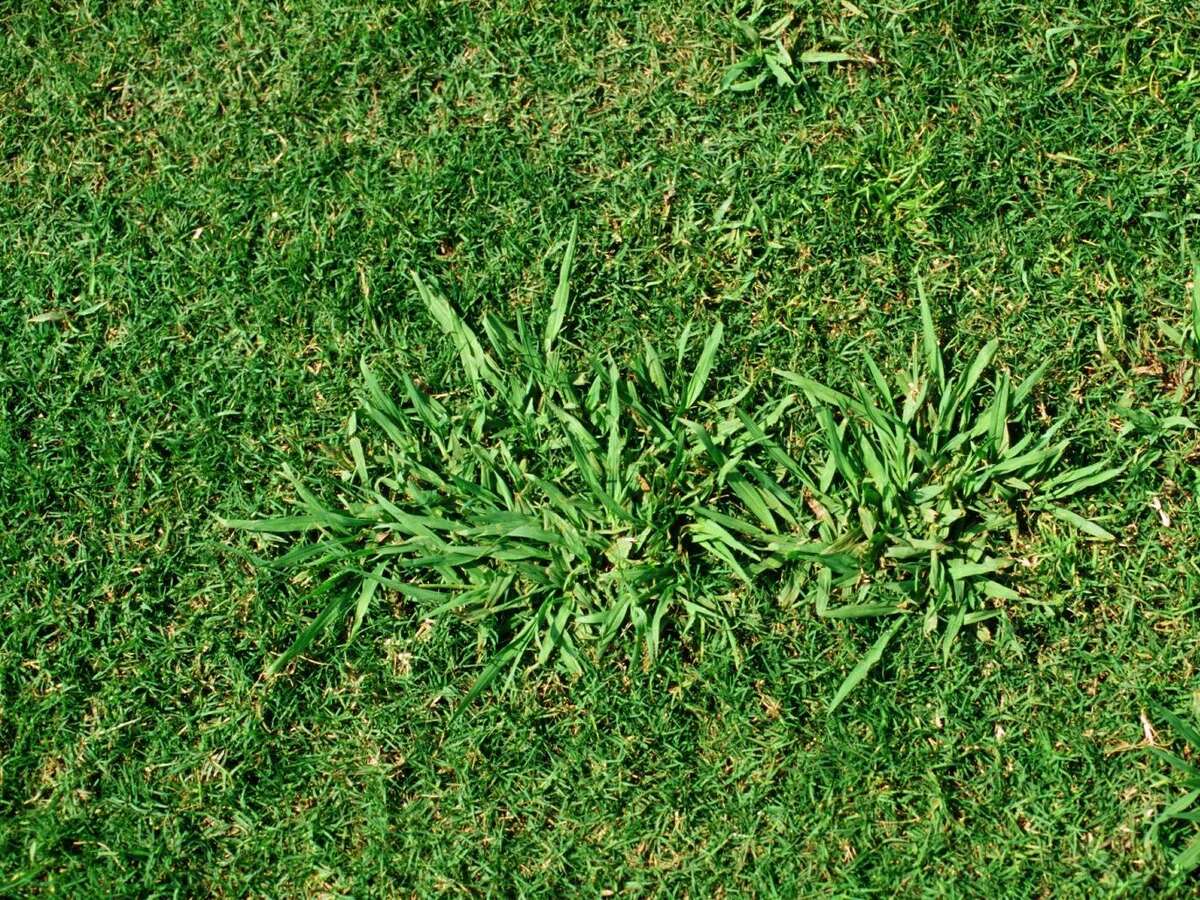
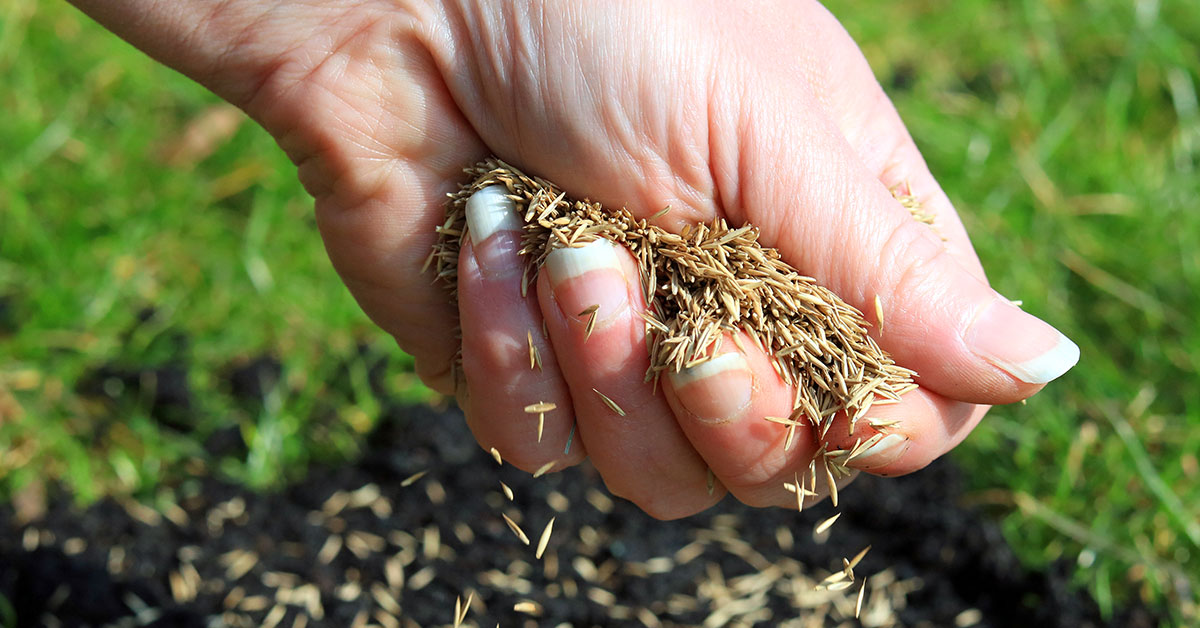
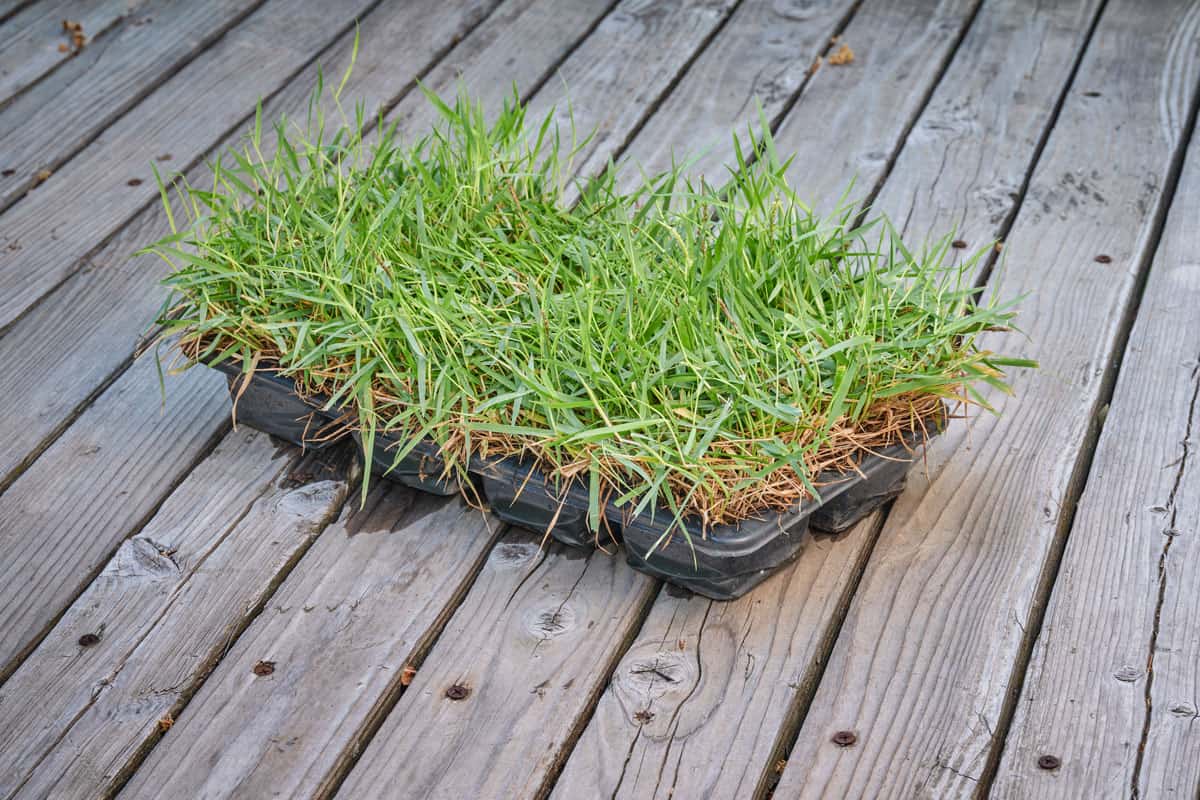
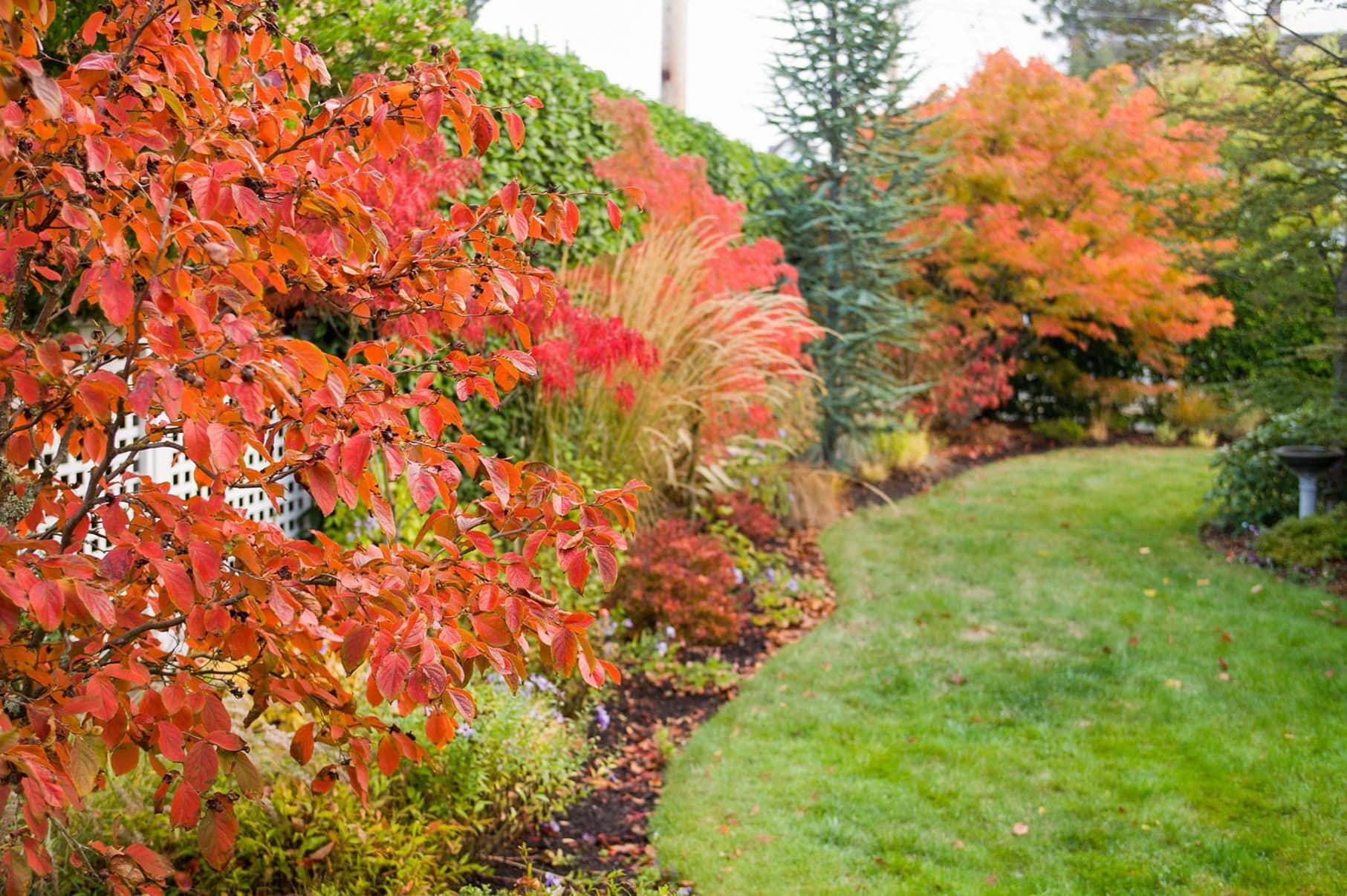
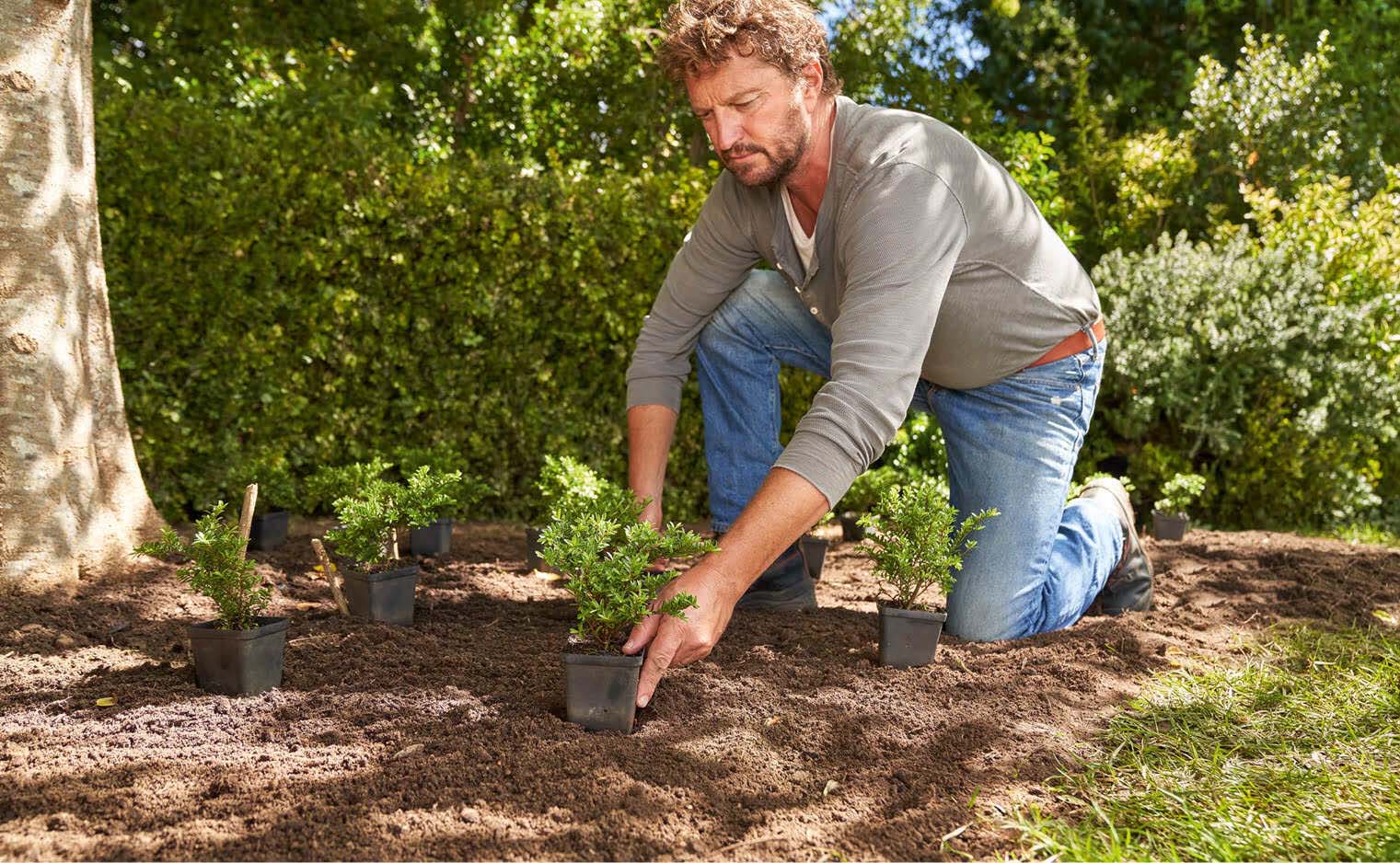
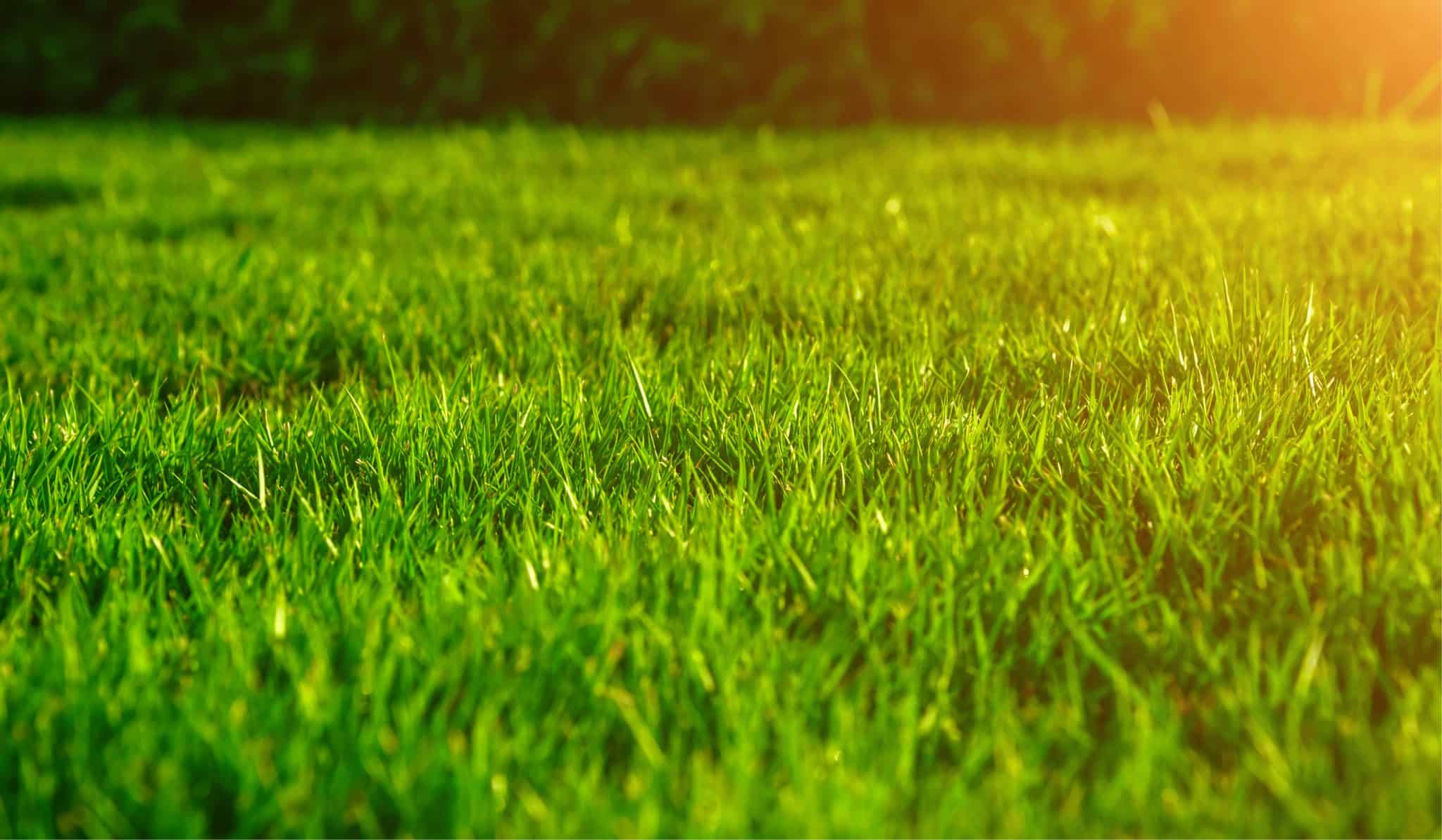

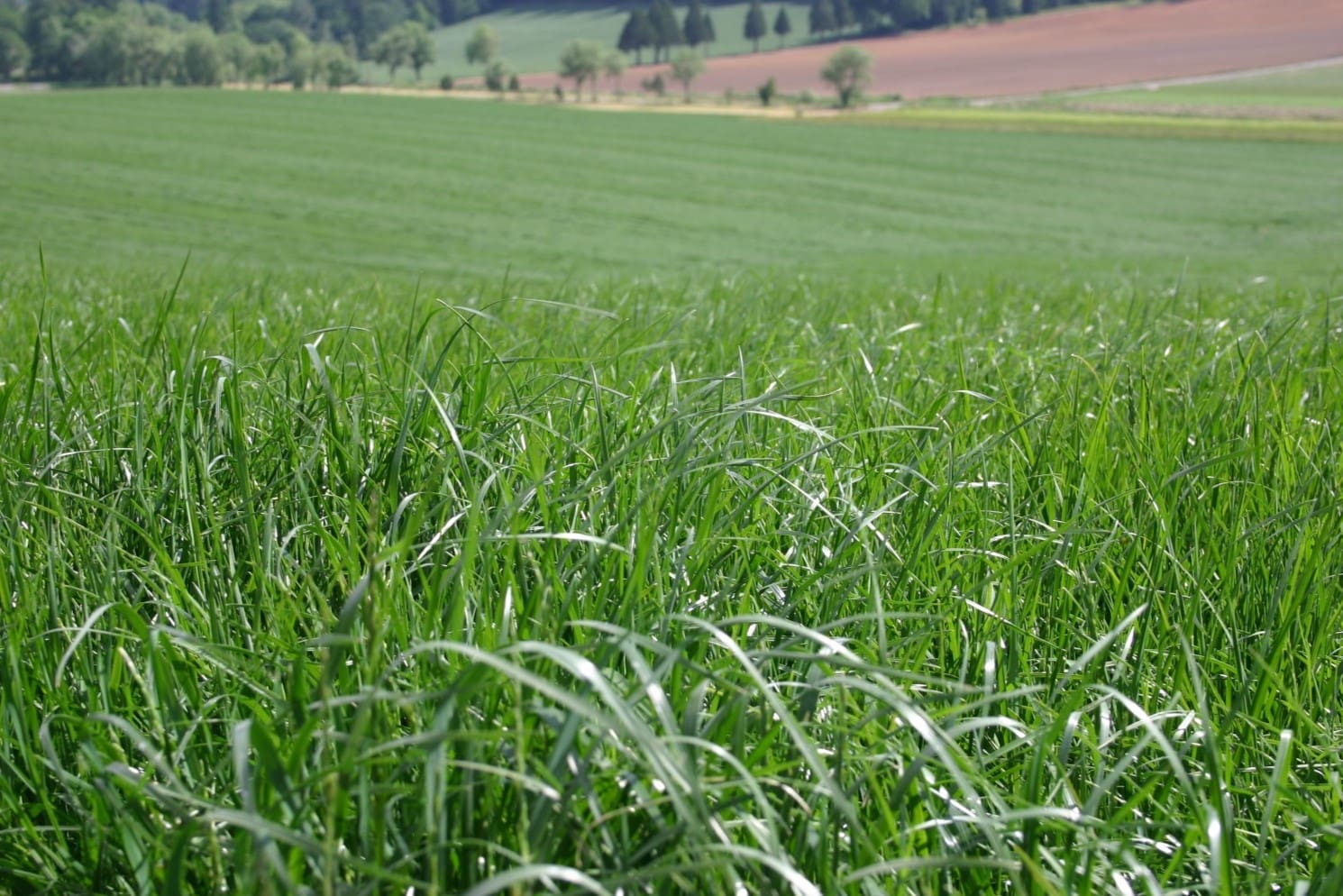
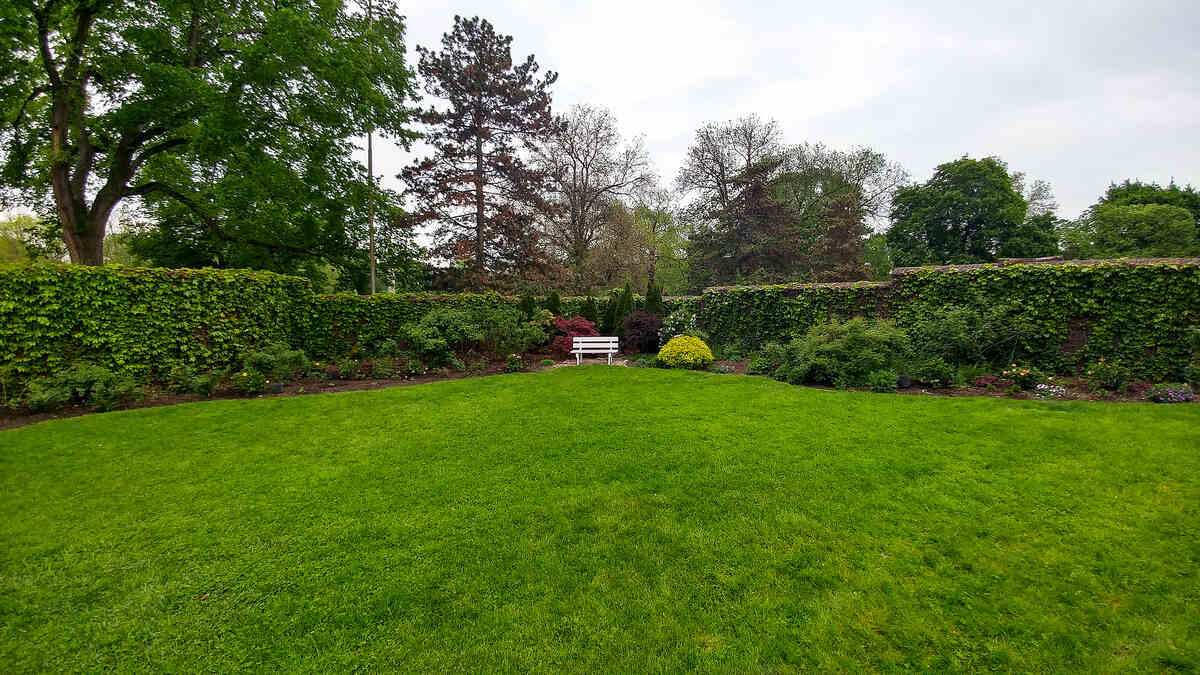

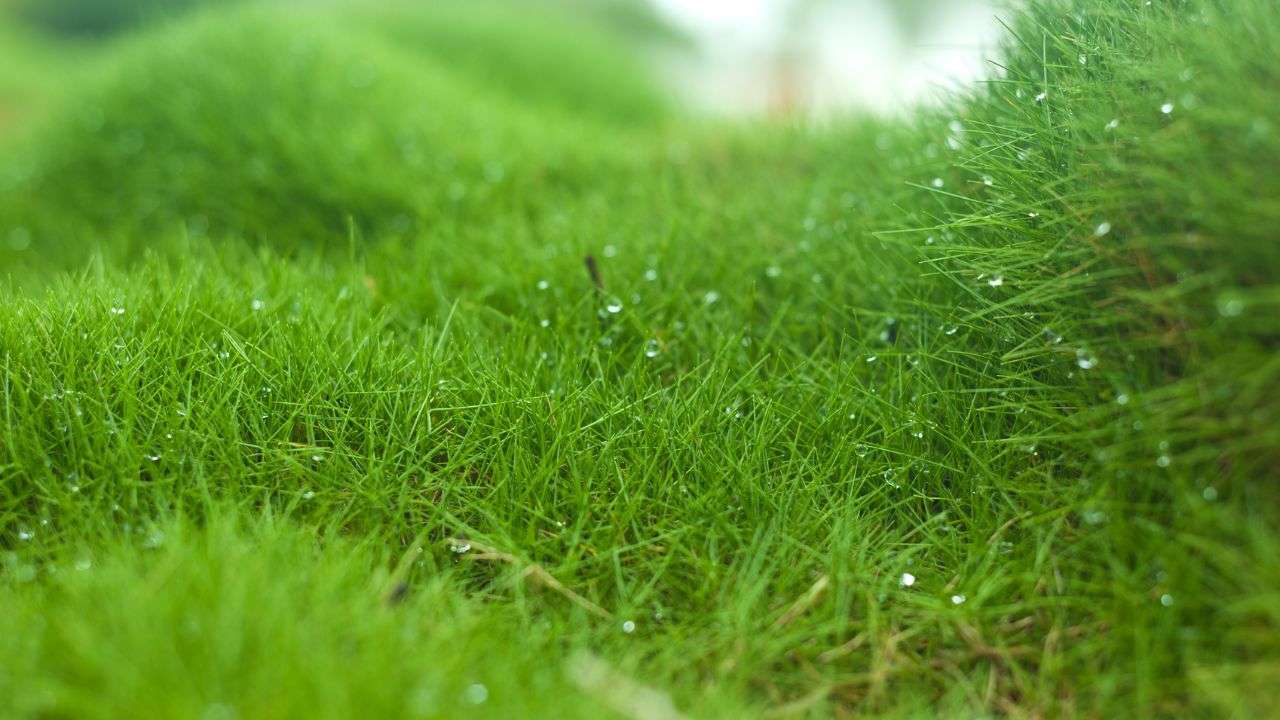
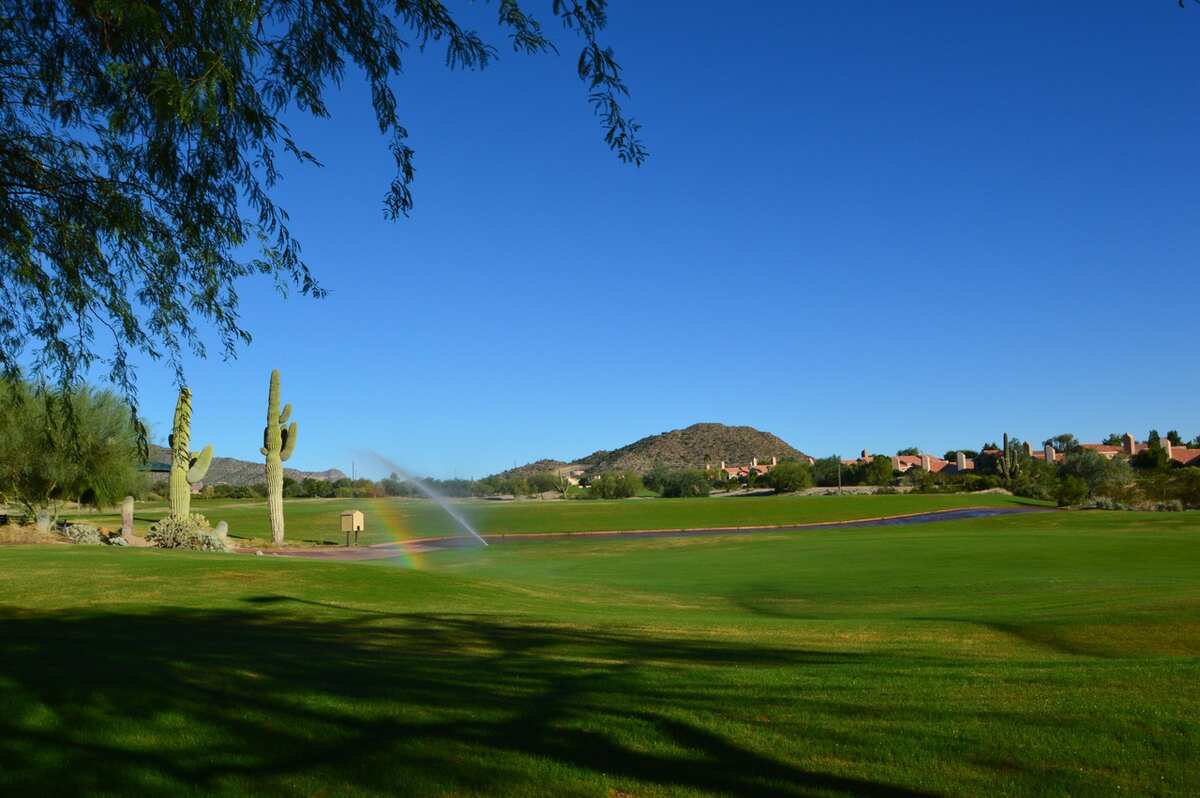
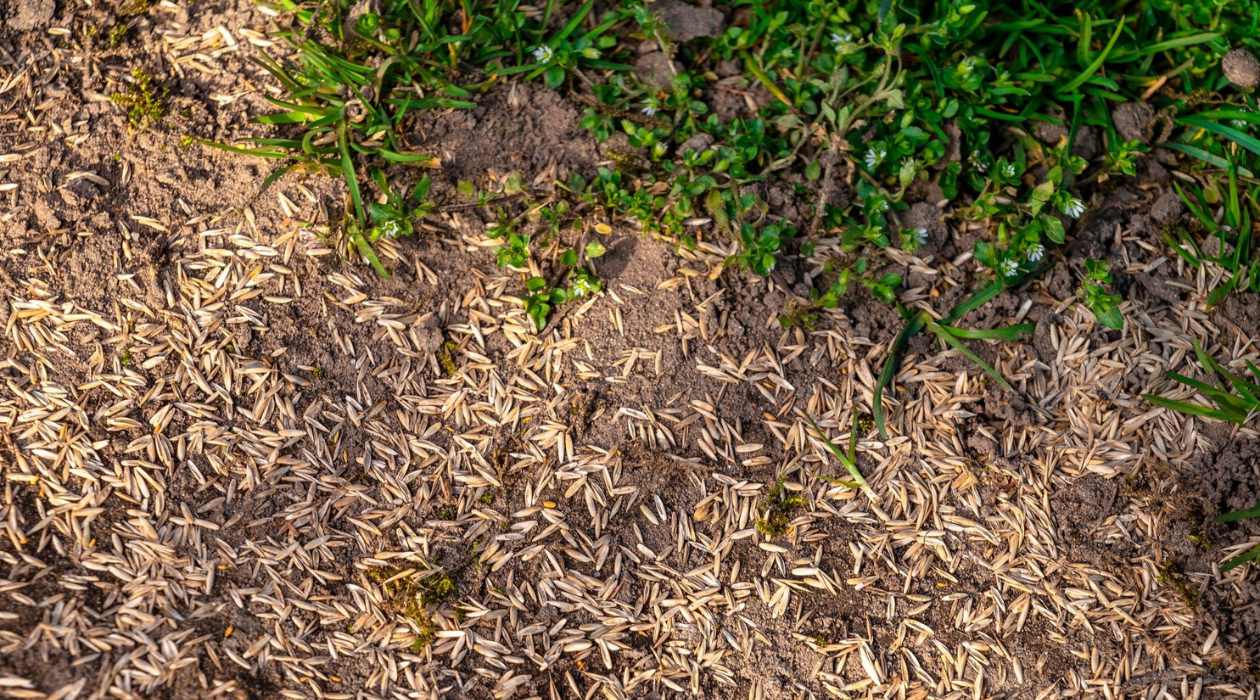
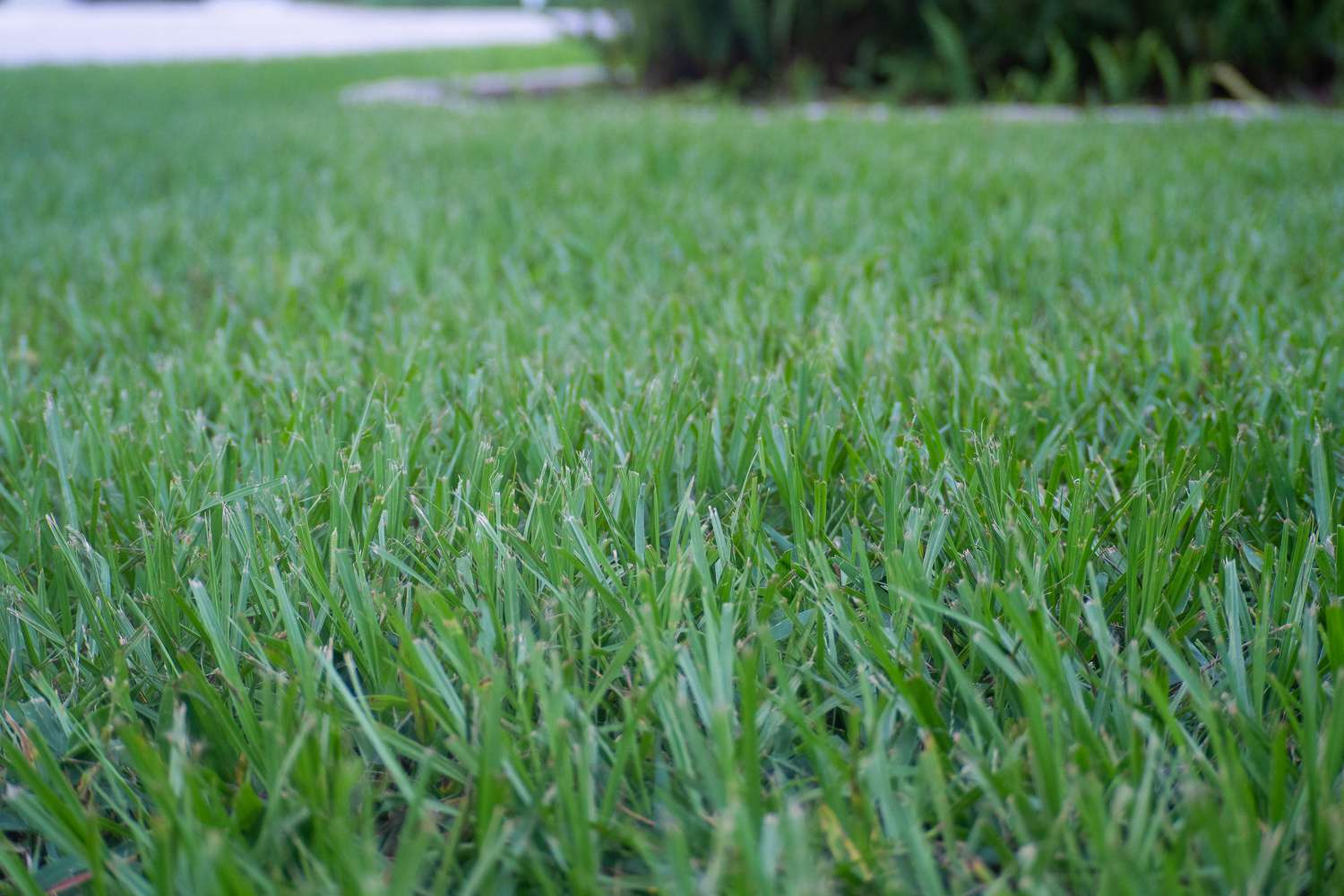

0 thoughts on “When To Plant Teff Grass”